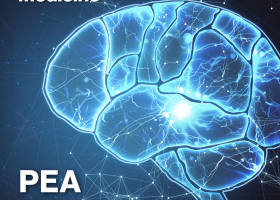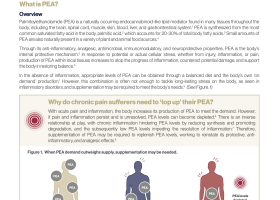The immune system is significantly complex in its physiology and functionality. Maintaining homeostasis involves an intricate interaction between the innate and adaptive immune systems, and the cells, receptors, molecules and chemical substances that comprise these systems.1
This complexity also extends to the impact of many factors on immune function, including diet and nutritional status, lifestyle, physical activity levels, age, stress, microbiome composition, and
physiological and genetic variability.2-4
Bioflavonoids, also known as vitamin P due to their effect on vascular permeability,1 are a group of compounds that are found throughout many plants, fruits, vegetables, and leaves. Bioflavonoids belong to the polyphenol group of plant compounds2 which are an extensive group of phytochemicals produced by plants in response to stress as a plant defence mechanism.3 To date over 8,000 different polyphenols have been identified.3 Though polyphenols differ in chemical structure, all share the same structural feature of an aromatic ring and at least one hydroxyl group.3 (See Figure 1)
N-Palmitoylethanolamide (PEA), is an endogenously produced lipid1 found in the plasma membrane2 with concentrations increasing in response to tissue damage, inflammation, and nociceptive fibre stimulation.1 Dietary sources include egg yolks, soy lecithin, bovine and human milk, roasted coffee, apples, potatoes, lentils, black-eyed peas, tomatoes, corn, peanuts, common beans, garden peas, and soybeans.3
Migraine attacks are characterised by pulsating pain of moderate or severe intensity that is generally unilateral. During a migraine, sufferers often experience hypersensitivity to light (photophobia), sound (phonophobia), and smell (osmophobia), accompanied by nausea and vomiting. If unsuccessfully treated, attacks generally last between 4 to 72 hours.1
Chronic pelvic pain (CPP) is characterised as pain perceived in the pelvic area, occurring for at least six months duration, irrespective of both menstruation and intercourse. CPP may affect both genders, however, it primarily occurs in women. Globally, up to 26% of women experience CPP for greater than a one-year duration.1
How DNA testing can bring insight into three aspects of inflammation.








